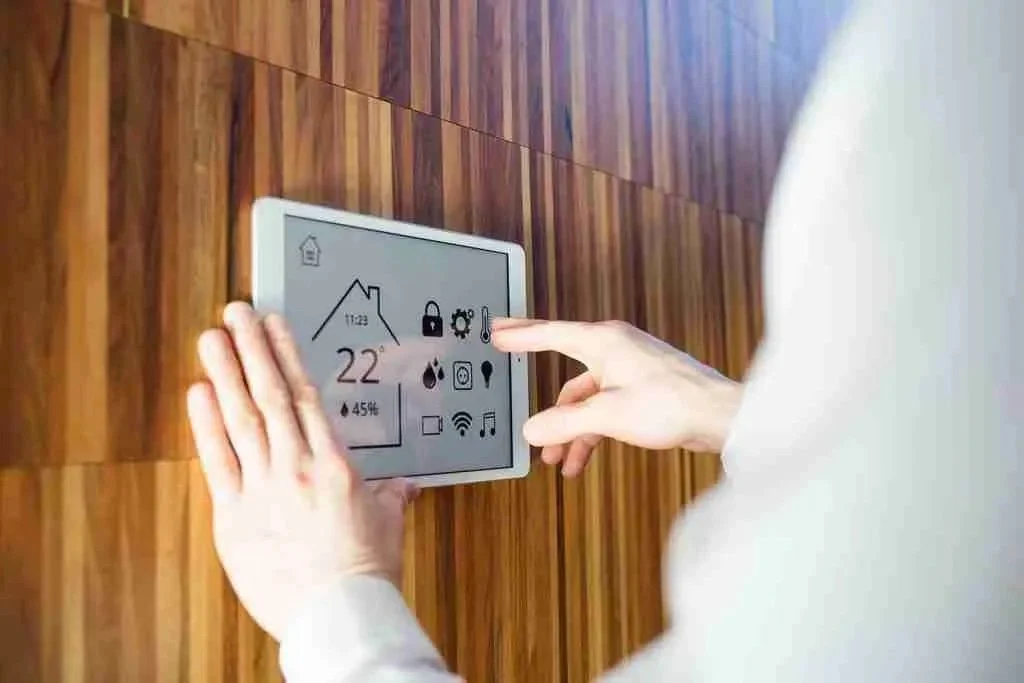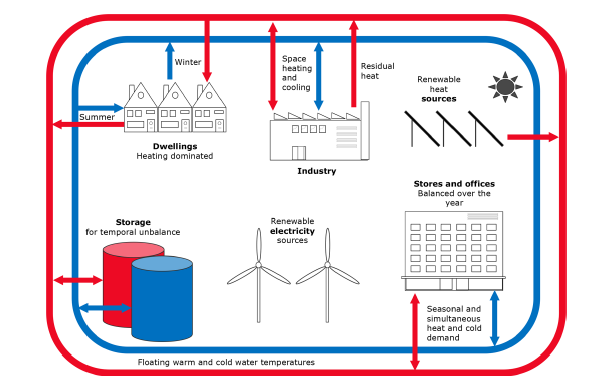
By Design Tech Solutions — Using Digital Tools to Build Smarter Heat Networks
Introduction: Why Digital Twins Matter in Heat Networks
The complexity of modern heat networks requires more than just line drawings and estimates. As networks grow in scale and interact with other infrastructure, the risk of inefficiencies, delays, or design conflicts increases.
This is where digital twins come in — offering a way to visualise, test, and optimise a network long before construction begins. At DTS, we integrate digital twin thinking into every stage of our design process.
What Is a Digital Twin?
A digital twin is a dynamic, digital replica of a physical system — in this case, a heat network.
It includes:
3D geometry and layout (from BIM or CAD models)
Metadata on flow, temperature, and material performance
Integration with controls, zoning, and energy centre logic
The ability to simulate performance or test scenarios before build
Why Digital Twins Are Useful in Heat Network Design
Clash Detection & Routing
Avoid utility conflicts and unbuildable routes by simulating trench layouts, clearances, and elevation changes in 3D.
Thermal Performance Modelling
Assess heat losses, temperature drop, and flow dynamics across the system to optimise efficiency and insulation levels.
Design Coordination
Overlay with architectural, structural, and M&E models to ensure the heat network integrates with the wider project.
Smart System Testing
Evaluate control sequences, load profiles, and operational settings virtually — reducing commissioning risks.
Client & Stakeholder Visualisation
Use the model to explain design choices, zoning, and phases to non-technical audiences (e.g. planning teams, funders, councils).
DTS Capabilities in Digital Twin Modelling
CAD + Revit Integration
Our designs are built in 3D from the outset — enabling seamless transition to digital twin simulation.
Layered Data Mapping
We incorporate flow rates, pipe types, insulation values, and control logic into the model.
Smart System Logic Embedding
We simulate how heat pumps, pumps, and control systems will behave across various operating conditions.
Simulation-Ready Outputs
We provide models suitable for LCA, energy modelling, and commissioning tools.
FAQ
When to Use a Digital Twin
RIBA Stage 3–4: for network layout validation and technical design
Tender & procurement: to reduce queries and show buildability
Commissioning phase: to simulate controls and phasing
Long-term asset management: to support performance tracking and fault diagnosis
Let’s Build It Twice — Digitally First
If you're designing a heat network, start with a smarter foundation. DTS helps you test, validate, and optimise before a shovel hits the ground.
RELATED READS
Explore our detailed guides on designing effective, future-ready district heating systems. Each article is written to help clients, developers, and stakeholders understand what great network design looks like in practice.







